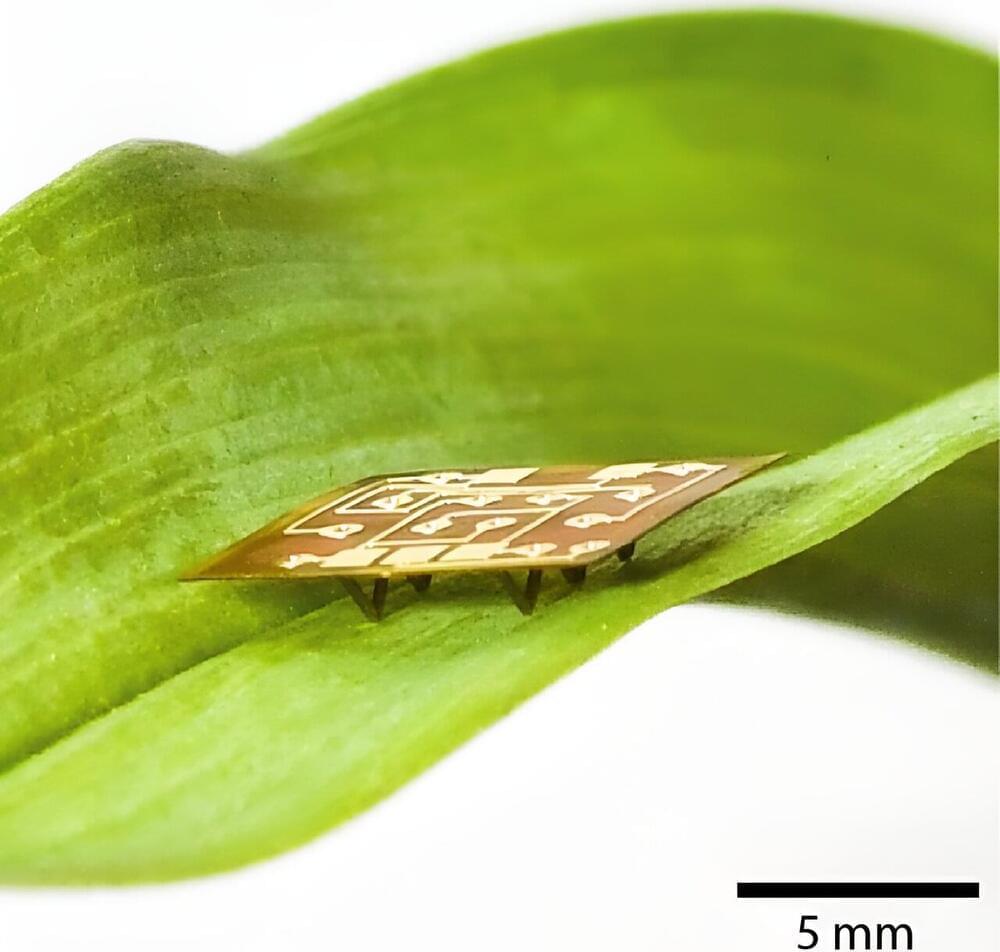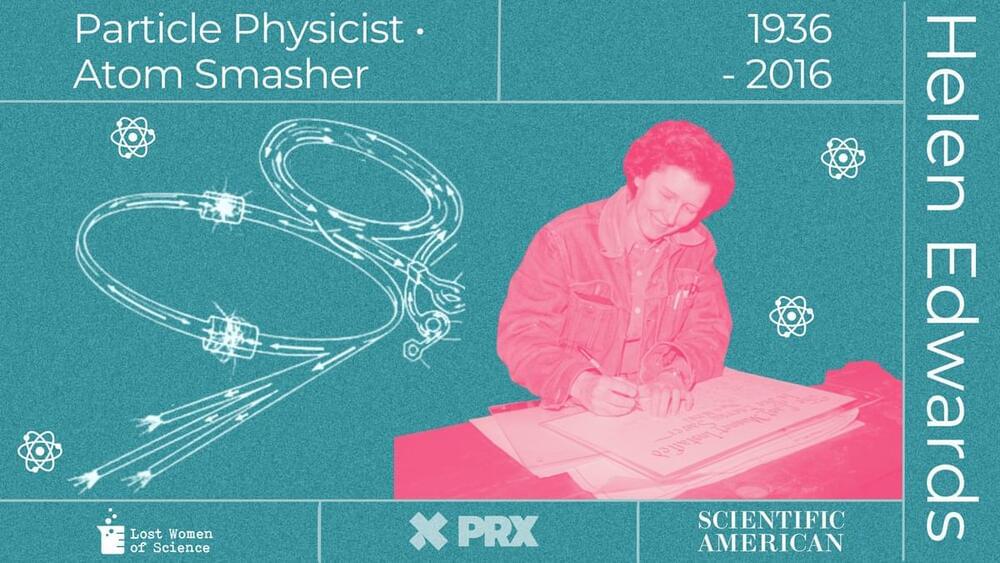Realme will introduce its 300W charging technology at an event in China on August 14th.




Unmanned aerial vehicles (UAVs), commonly known as drones, are now used to capture images and carry out a wide range of missions in outdoor environments. While there are now several UAV designs with different advantages and characteristics, most conventional aerial robots are underactuated, meaning that they have fewer independent actuators than their degrees of freedom (DoF).
Underactuated systems are often more cost-effective and can be controlled using simpler control strategies than overactuated systems (i.e., robots that have more independent actuators than their DoF). Nonetheless, they are often less reliable and not as capable of precisely controlling their position and orientation.
Researchers at Tecnalia’s Basque Research and Technology Alliance (BRTA) in Spain recently developed a new overactuated aerial robot that can independently control the position and orientation of its main body. This robot, introduced in a paper published in Robotics and Autonomous Systems, has four quadrotors that cooperatively carry its central body.
A team of engineers at Google’s DeepMind Project has demonstrated a robot capable of playing amateur-level table tennis (ping-pong). The team has published a paper on the arXiv preprint server describing how they developed the robot, how well it performed at different ability levels and how human players responded to playing with the robot.
Over the past several years, robot scientists have been combining advancements in robot design with artificial intelligence, resulting in the development of robots with ever increasing abilities. In this new effort, the research team has developed an AI-based ping-pong player with the highest performance level ever for a robot.
To build their robot system, the researchers started with a robot arm called the ABB IRB 1100—the robot is currently used in real-world industrial applications. In addition to its ability to manipulate its arm and hand very quickly, it can also quickly slide side-to-side on a rail. These features made it an ideal ping-pong-playing candidate.

Picture this: hundreds of ant-sized robots climb over rubble, under rocks and between debris to inspect the damage of a fallen building before human rescuers explore on-site.
Downscaling legged robots to the size of an insect enables access to small spaces that humans and large robots cannot reach. A swarm of small robots can even collaborate like their insect counterparts to haul objects and protect one another. Picotaur, a new robot from the labs of Sarah Bergbreiter and Aaron Johnson is the first of its size, able to run, turn, push loads and climb miniature stairs.
“This robot has legs that are driven by multiple actuators so it can achieve various locomotion capabilities,” said Sukjun Kim, a recent Ph.D. graduate advised by Bergbreiter. “With multiple gait patterns, it can walk like other hexapod robots, similar to how a cockroach moves, but it can also hop from the ground to overcome obstacles.”

Solar opponents will have to figure out a new line of attack when perovskite solar cells suddenly plaster the world.
Hey, I have a nice story for you. During my childhood, I used to live in Italy. We would eat pasta every day and life was simple. I loved my house, but one d…

